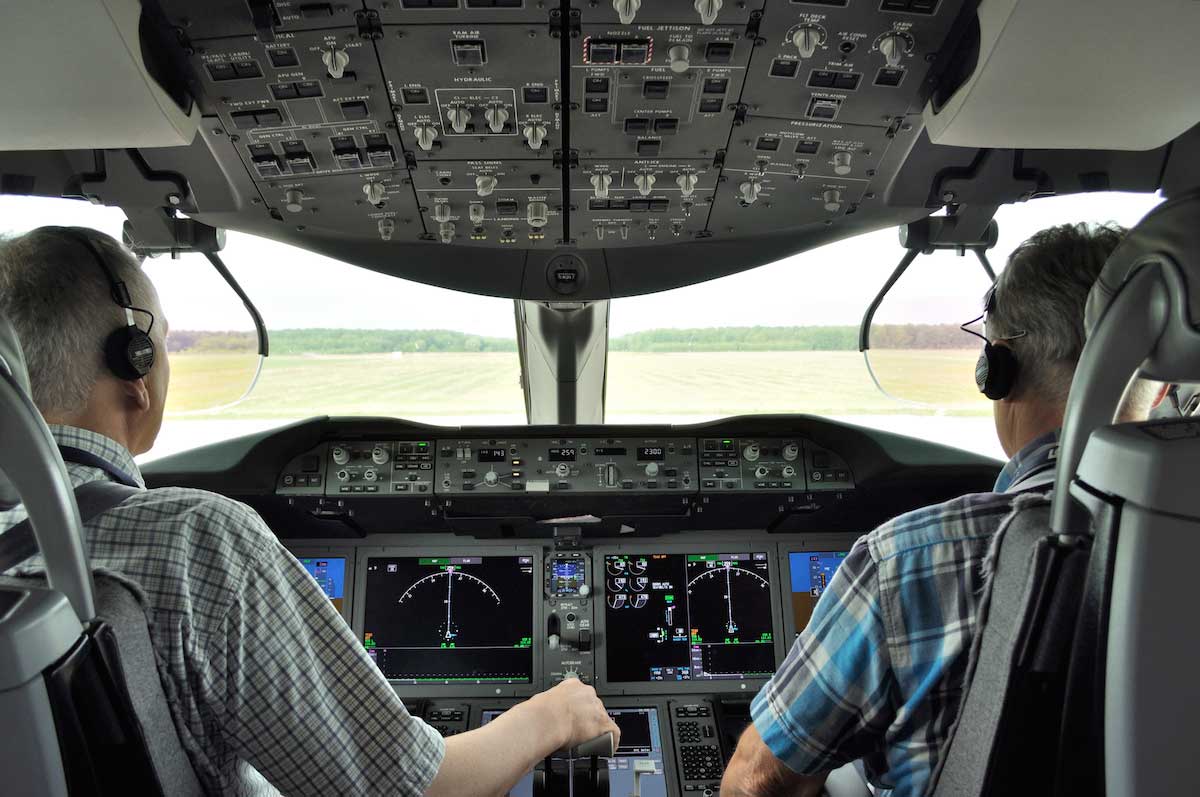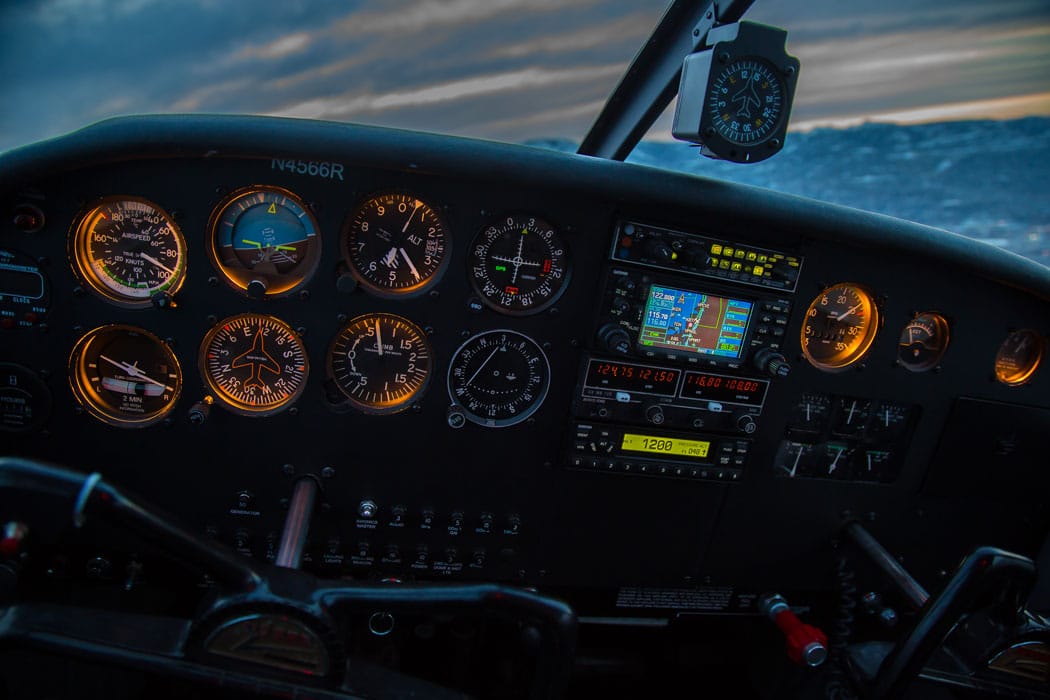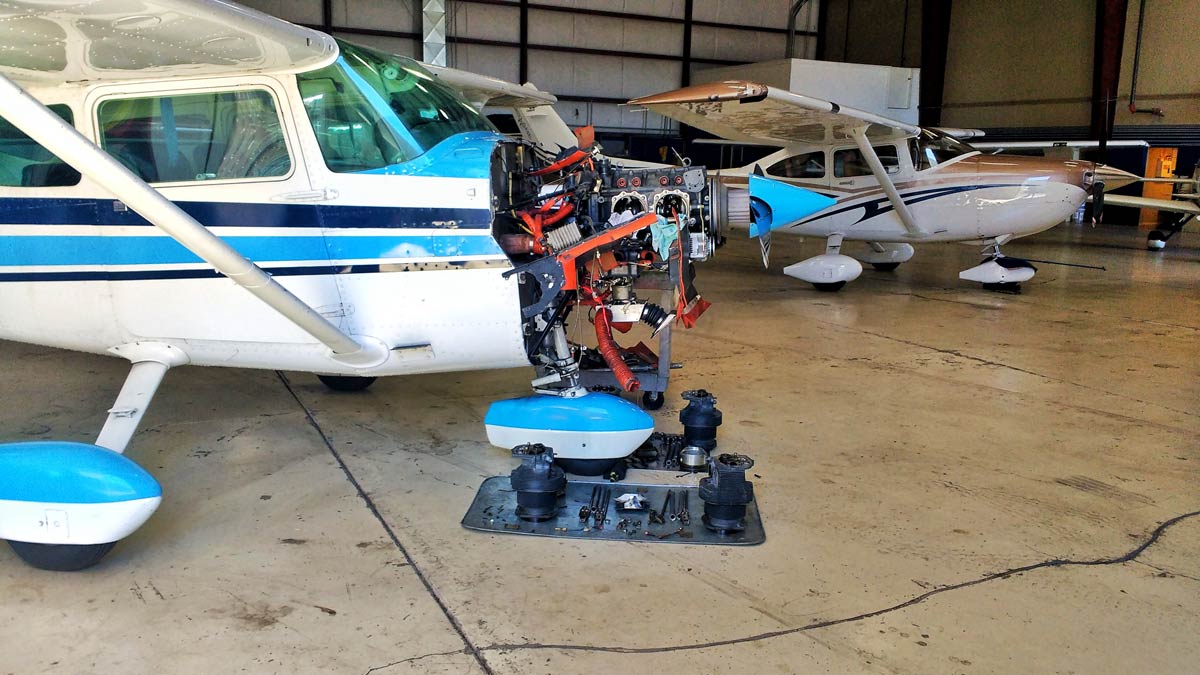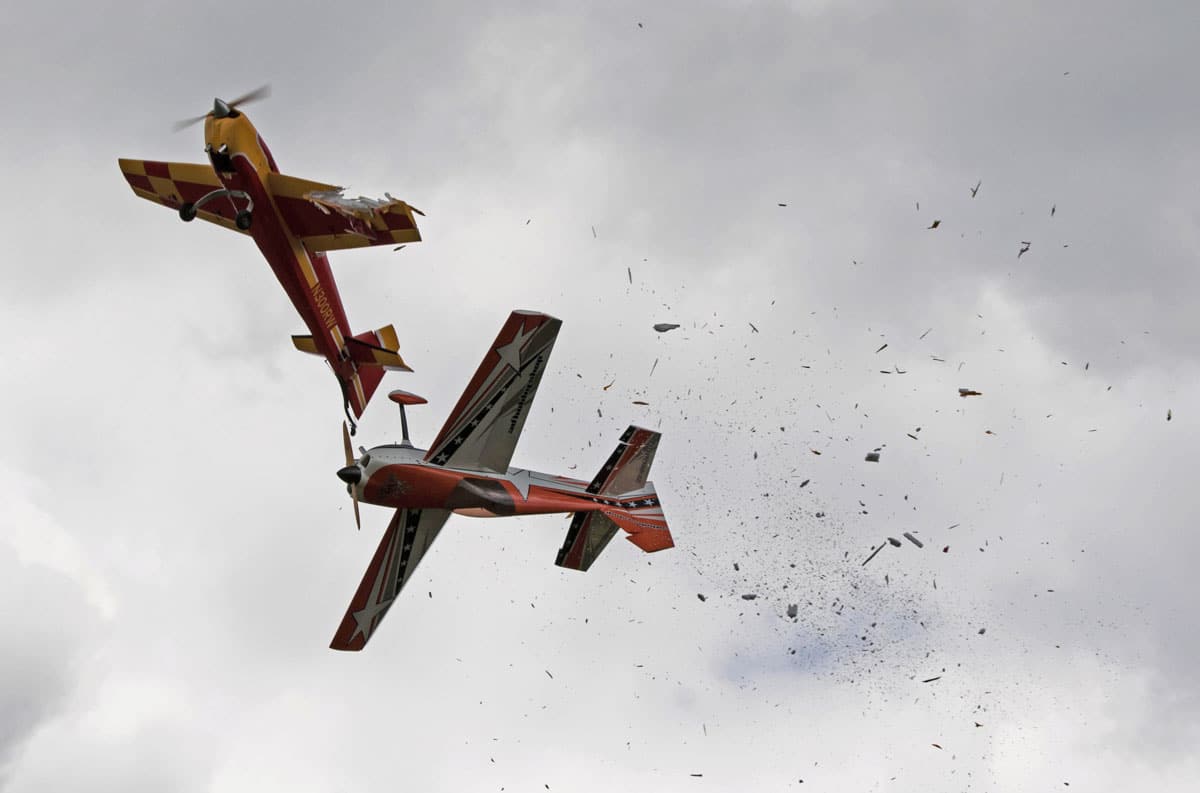Refreshing Your Pilot Skills
By Jay Biederman, CFI, ATP
In part one of this post, I discussed how students can use back seating to improve pilot skills and cut the cost of their training. In part two, I’d like to discuss how advanced pilots can benefit from observing, and give some tips on back seat etiquette and setting up observation opportunities.
Observing for Advanced Pilots
Observation is invaluable for advanced pilots. Those pilots transitioning to new aircraft or cockpits can ride in back to learn procedures or the instrument layout, understand the purpose of unfamiliar switches or gauges, and discover do’s and dont’s of that model aircraft. Advanced pilots can also take advantage of the back seat to prepare for an IPC or Flight Review. What better way to get current than to ride in back and remind yourself of the rules and maneuvers that require review?
Observing for Flight Instructors
From the most basic maneuvers to the most advanced, flight instructors perhaps stand to learn just as much as anyone from riding in back. CFIs sometimes become so finely rehearsed in their lessons, that they don’t get the chance to grow themselves. When listening to another instructor, any aberration from the standard script is bound to demand attention from the observing instructor. Is this a better way to explain the maneuver? Has the instructor been teaching something inaccurately? Observation helps keep instructors’ skills sharp.
Many Don’t Do It
You might think all students would say, “of course I want to ride along in the back seat of the plane – anytime!” But it is surprising how few students ask to ride along and observe. Many students don’t see the value of riding along in back or they are unsure how to make the connection to ride along. Others simply don’t realize back seating is an option. Here are some tips on how to arrange a back seat lesson, and on how to get invited back by observing back seat etiquette
How and When to Arrange a Back Seat Lesson
There are some students and instructors who prefer not to have observers, but in my experience most welcome a respectful student-passenger. To be sensitive to the fact, I find it best to approach the instructor, rather than the student, with a request to backseat. Let it be known to the instructors at your school that you would love the opportunity and allow them time to take it up their students. Because back seating is a favor, perhaps the best way to get observation offers is to offer up your backseat to other students. It also doesn’t hurt to offer to buy lunch for a pilot who has let you sit in on his lesson.
Even riding in the back of an airplane can tire you out. Schedule rest time between a backseat lesson and a regular lesson. Even better, make a trip to the airport solely for the purpose of riding in back. Consider back seating a lesson in and of itself.
Backseating Etiquette
How should you behave as a student-passenger? Simple – DO NOT DISTRACT.
Your default mode should be mouse mode. Do your best not to disrupt any of the pilots’ senses including sound, sight, AND smell. Even if the instructor or student engages you, keep things on the silent side, as the other may prefer not to hear you. Here are a few simple rules for back-seating etiquette:
- Be quiet and take lots of notes. Keep questions to yourself and ask them during
your lesson. A best practice is to position your mic. over your head. - Smells can distract: Don’t bring lunch and don’t forget the deodorant.
- Do tell the instructor if you are getting sick, cold or hot. Be aware that riding in
the backseat can be a different experience when it comes to motion sickness. - Keep your vents open, don’t move your head rapidly and fixate on distant points.
Most importantly, do not be embarrassed to tell the instructor if you feel motion
sickness coming on. He can reduce g-load, cool the cabin, and possibly get the
plane on the ground. It would be unfortunate for the student, but managing sick
passengers is a lesson all pilots must learn. - Don’t forget to use the bathroom before the flight. Lessons can go longer than
planned, and you don’t want to be the reason it has to end early. - Don’t ask to bring a friend – need I say that?
- Do enjoy the flight. You’re going for an airplane ride.
Ultimately, you are responsible for your pilot skills and your training. In my opinion, it would be irresponsible not to ride backseat from time to time. In fact, if I were King of the FAA, I would consider making observation hours a certification requirement. I would also consider how observation hours might also be used to count towards a flight review, instrument proficiency, or a FIRC.

While it’s true aircraft engine failures are rare, I have been at my home airport twice in the last two years when another aircraft’s engine failed—resulting in fatalities both times. The caveat here is that both engine failures occurred shortly after takeoff, surely the worst time. One pilot attempted to return to the runway, while the other continued straight ahead to a golf course. You shouldn’t have to witness this type of thing to know you must react properly to land safely after the engine fails. [Click here to read more…]
Flight instructors look for signs of responsibility and maturity in a student as much as they do raw piloting skills. When I know my student is taking the time to observe, I gain confidence that they will act as a safe and conscientious pilot.
Back seating is a low-stress, low-cost environment in which you can take notes and enjoy the ride. You can’t log it, but the experiences will make you a better pilot.















I never knew that Those pilots transitioning to new aircraft or cockpits can ride in back to learn procedures or the instrument layout, understand the purpose of unfamiliar switches or gauges, and discover do’s and dont’s of that model aircraft. I have no idea about it but now I think I do, it is really a good article. Thank you for the information about pilot training.